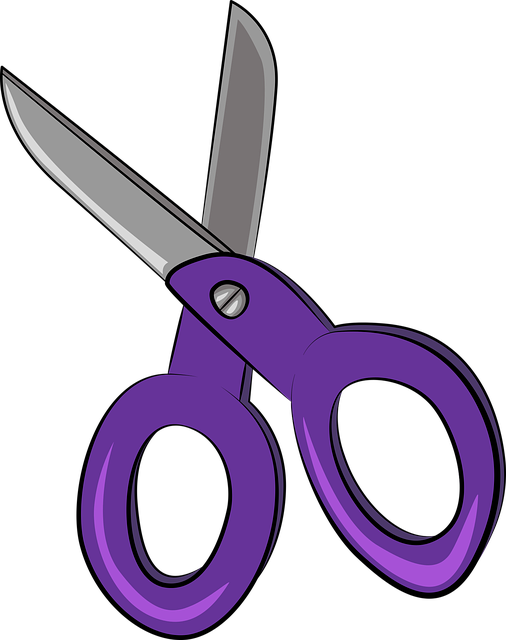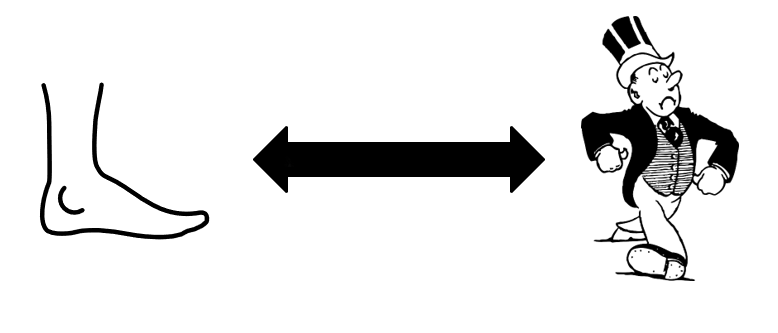Do you say /kʊd/ and /kʌd/ or do you say /kʊd/ and /kʊd/? Listen to these sound snippets, can you tell the difference in the vowels of the two speakers (look out for the words book, just and mud)? In my BA thesis, I conduct a panel study, looking at the FOOT-STRUT split of one speaker over three time points.
I focus on the speaker Charlotte who was recorded together with a friend three times between 2010 and 2019. In 2010, she was a 20-year-old student at university about to finish her degree in linguistics. In 2014, she was 24 years old and had started her Ph.D. Five years later in 2019, Charlotte was 29 and a lecturer at a university.
These different life stages and roles – student, Ph.D. student, university lecturer – might influence the way she speaks.
She is at the beginning of her academic career, a period of great changes and challenges. For a long time, it was assumed that people stay stable in the way they speak after puberty. However, newer research suggests that people’s linguistic systems change throughout all their lives, especially in transitional phrases like the ones we see in Charlotte’s interviews.
As an academic working on language, Charlotte might be more aware of her pronunciation in contrast to others. As a teacher at a university, she is expected to speak in an “appropriate” way (this phenomenon is called linguistic market pressure). On the other hand, her language awareness and the knowledge about different variants and the acceptance of them might make her change her language more towards the more vernacular forms. Charlotte was born and raised in the North East of England and still lived in the area in 2019. Therefore, her language awareness might pull her more into the direction of the vernacular variant than the linguistic market pressure might push her towards the more standard form.
FOOT and STRUT
The FOOT-STRUT split developed out of Middle English in the south of Great Britain out of the short /u/. In the southern parts of Great Britain, a difference is made between the FOOT-vowel /ʊ/ as in could and the STRUT-vowel /ʌ/ as in mother, while the vowel is pronounced the same in the northern part of Great Britain (Wells 1982). Here’s a sample of two speakers of Geordie English saying words with FOOT and STRUT, can you hear a difference?
Figure 1 presents density plots that show where in the vowel space FOOT and STRUT are produced. The centre of the density shows the highest concentration of the Vowel in question and the lines around it show the concentration of vowels moving away from the centre. Through this plot, it is possible to get an impression of the place of production of both FOOT and STRUT in comparison to each other.
This visualisation shows that in 2010 FOOT and STRUT are produced in the same place. In 2014, the ellipses for FOOT and STRUT overlap a bit less than in 2010, with the STRUT vowel being produced in a slightly lower place than FOOT. However, in 2019 FOOT and STRUT overlap almost completely again. This suggests that Charlotte does not develop a FOOT-STRUT split over time, despite some indications in 2014.
How can we explain this stability?
In general, it is assumed that splits do not merge, and mergers do not split within the lifetime of one individual and therefore we would expect Charlotte to not develop this split. Additionally, Charlotte is at the end of the stage of emerging adulthood and therefore (according to “older” theory) expected to be more or less stable and not change.
A continuous change over the three time points could have been explained by external pressure due to her environment. The pressure of the linguistic market (being a lecturer at a university) could be one factor leading someone to change over time. The results here show that a temporary change in 2014 has occurred but was (partially) reversed in 2019.
So, if our observations are not easily explained by social factors, might they be related to lexical effects? Let us take a look at how Charlotte produces individual words that contain the STRUT vowel.

Figure 2 shows the distribution of STRUT-vowels of content words of the recording from 2014, while Figure 3 shows the same vowels from the third interview in 2019.

We can see that Charlotte realises certain words like undergraduate or understand very low in the vowel space and produces them more often in the second interview than in the third. This might be one reason for the low STRUT-vowel in 2014. The interviews of 2010 and 2019 contain fewer words like undergraduate or understand and therefore have a higher STRUT vowel overall. The place of production seems to be influenced by lexical choices.
Another possible explanation related to linguistic structure is the impact that the sounds preceding and following the vowels we are interested in have on how this vowel sounds. This is something I will analyse within my bachelor’s thesis – stay tuned!
So, in summary: usually, the FOOT-STRUT split is relatively stable and is not expected to merge or develop throughout a lifetime. The variation in the interview from 2014 is difficult to explain by social factors but might be influenced by the choice of words and possibly by other factors that will be investigated further.



